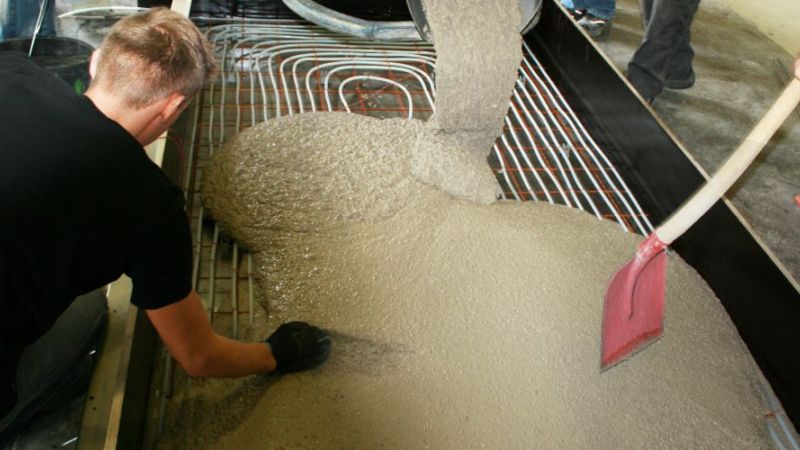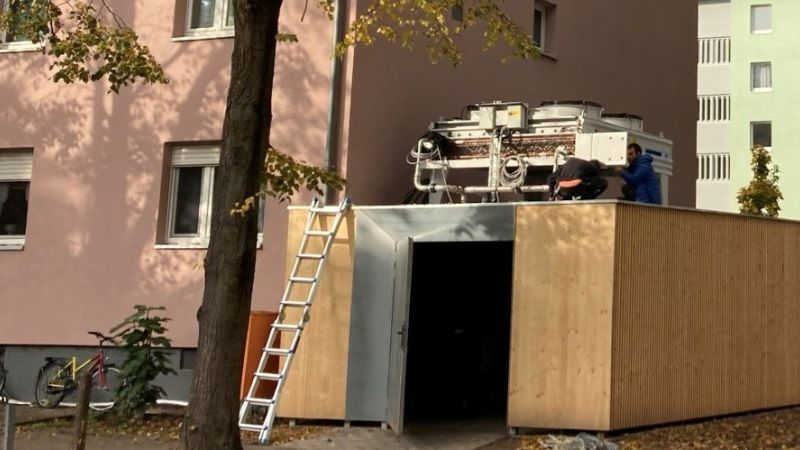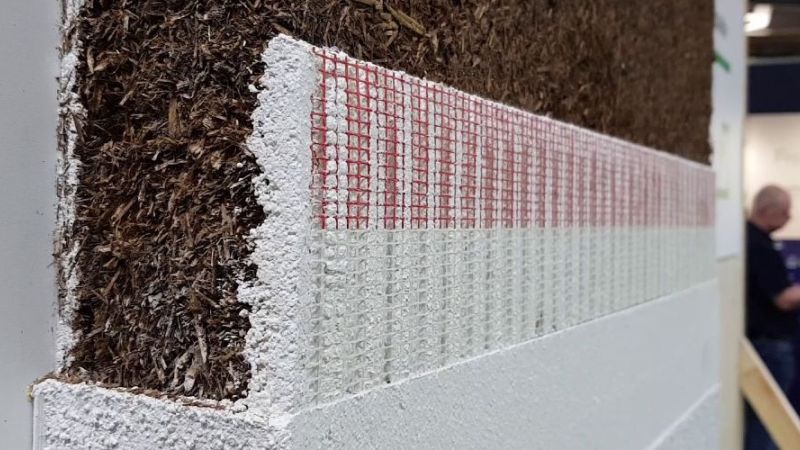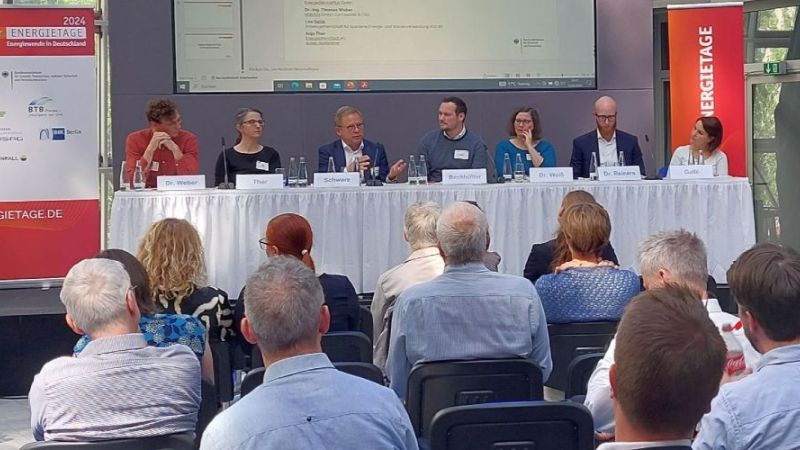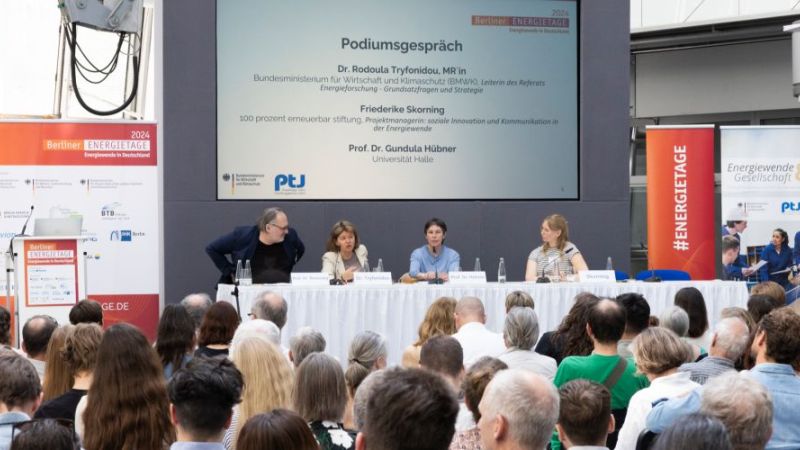 © dpa
© dpa
Geothermal Energy
Geothermal plant provides climate-friendly heat in Schwerin
Since last October, a geothermal plant has been supplying environmentally friendly heat to the city of Schwerin. The experience gained by those involved in the project during the development, construction and commissioning of the plant should help to further decarbonise heat generation using geothermal energy.
The "Lankow I" geothermal plant has been supplying green heat for Schwerin for just over three months. It currently has an output of around four to seven megawatts. Stadtwerke Schwerin commissioned the plant's heat pumps on 22 October 2024. The first attempt at commissioning had been subject to unexpected delays. The high proportion of loose sand in the brine had challenged the project team. Brine refers to the very salty thermal water that can also be found underground in Schwerin. This warm thermal water is pumped to the surface to generate heat. Additional filters now ensure that the unexpectedly large amount of sand it contains is filtered out of the water.
The DeCarbSN joint project builds on the knowledge gained by the project participants during the exploration of the subsurface and from the development to the ongoing operation of the geothermal plant. The researchers' overarching goal is to drive forward the expansion of medium-depth geothermal energy and decarbonise the district heating supply in northern Germany.
Potential and challenge in Schwerin's underground
Schwerin is located in the so-called North German Basin, which offers significant potential for geothermal energy due to its composition. The underground of Schwerin is characterised by a river course that is around 200 million years old and has deposited porous sandstone. The sandstone is of high hydraulic quality as it has only been slightly consolidated. However, this also means that more sand is extracted with the brine than the operators had previously assumed. This in turn delayed the commissioning of the geothermal plant. To protect the downstream technology of the plant from damage, Stadtwerke Schwerin had to install additional filters for the sand.
The brine under Schwerin is 56 degrees Celsius at a depth of around 1,300 metres. A feed pump in the production well is used to transport it to the surface. At full load, the pump can deliver around 150 cubic metres of brine per hour to the surface. Once it reaches the surface, the thermal energy is extracted from the water in the geothermal plant via heat exchangers. Heat pumps are used to further raise the temperature level for feeding into the district heating network. The cooled saltwater is then channelled back into the original rock layer via a second borehole (injection borehole), where it heats up again.
Medium-depth geothermal energy provides district heating and knowledge transfer
Since its commissioning, the geothermal plant in Schwerin has been constantly generating district heating. By using geothermal energy instead of natural gas, around 7,500 tonnes of CO2 can be saved every year. The plant is unique in Germany as it is the first to combine medium-depth geothermal energy with high-performance heat pumps: Four high-performance heat pumps are used to generate district heating from medium-temperature brine, depending on demand.
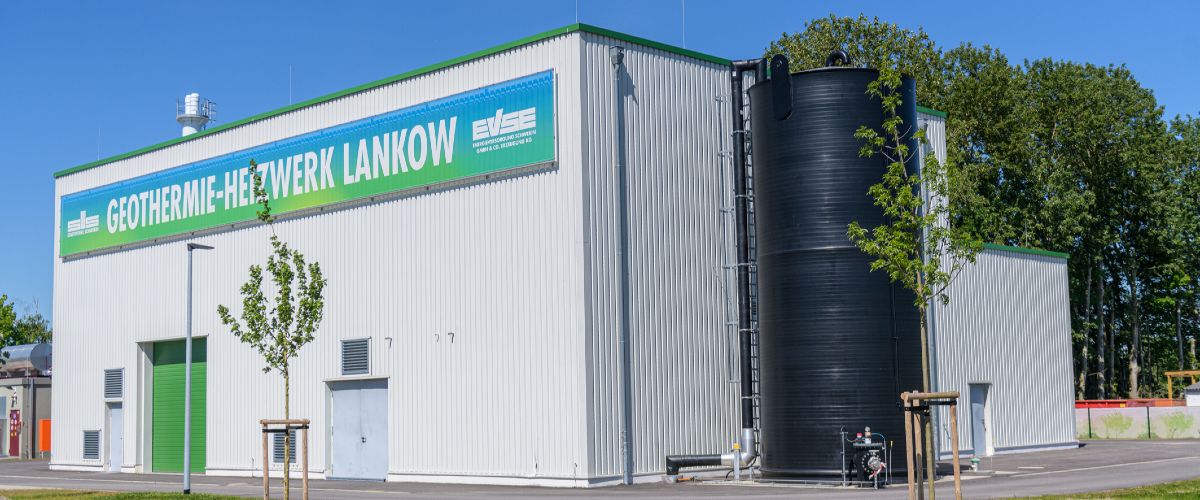 © maxpress
© maxpress
The design of the plant is specially adapted to the geological conditions in the North German Basin. The progress achieved by the plant operators is also a model for other projects: The geological conditions in the North German Basin are similar in many places. Stadtwerke Schwerin is therefore sharing the experience it has gained with the construction and commissioning of the geothermal plant at its model site: "With this transfer of knowledge in the industry, we want to contribute to the decarbonisation of heat through geothermal energy," says André Knaack, project manager at Stadtwerke Schwerin. The aim is for other locations in Germany with comparable network infrastructure to benefit from the research results.
A virtual tour offers an insight into the "Lankow I" geothermal plant. This includes a closer look at the well room, the thermal technology room, the heat pump room, the injection well and the district heating network.
Research project on medium-depth geothermal energy
Georg-August-Universität Göttingen, Stadtwerke Schwerin, Geothermie Neubrandenburg GmbH and the Leibnitz Institute for Applied Geophysics are working together on the DeCarbSN joint project. The fact that the sandstone reservoir in Schwerin could be explored and tapped was an important step forward for medium-depth geothermal energy, which was supported by the mesoTherm project. The previous Sandsteinfazies and GeoPoNDD projects also provided important foundations.
In addition to the goal of further increasing the proportion of geothermal heat in the district heating supply, the scientists are also researching issues that will promote the expansion of geothermal energy as a whole. Among other things, they want to develop a 3D reservoir model (digital twin) based on high-resolution 3D seismic data, increase the production capacity of hydrothermal doublets and provide data material for the development of a sustainable development and management concept. With the expertise gained at the Schwerin site, which can be applied to other sites in the future, a significant increase in geothermal capacity is intended to be achieved by 2035. (av)

